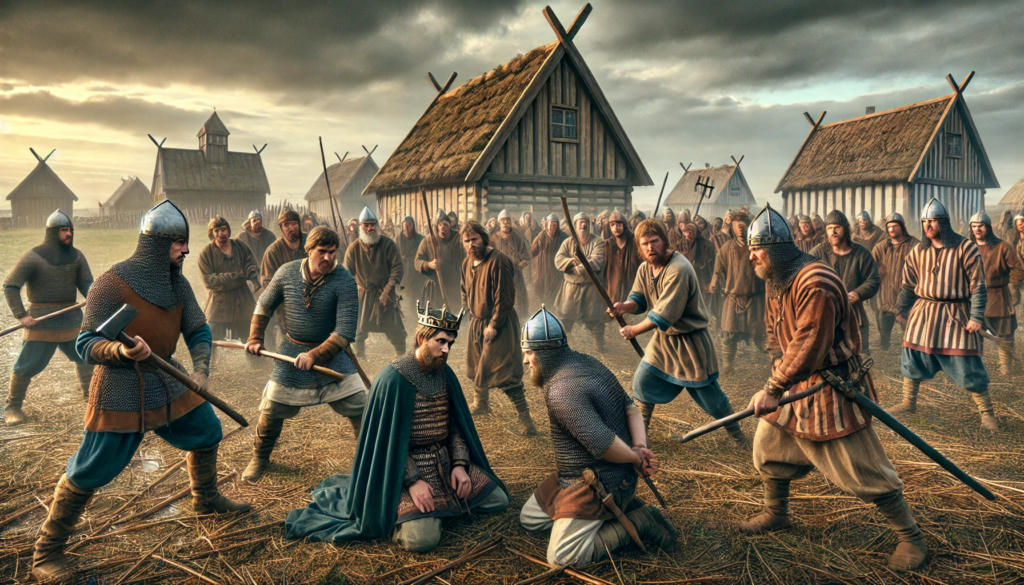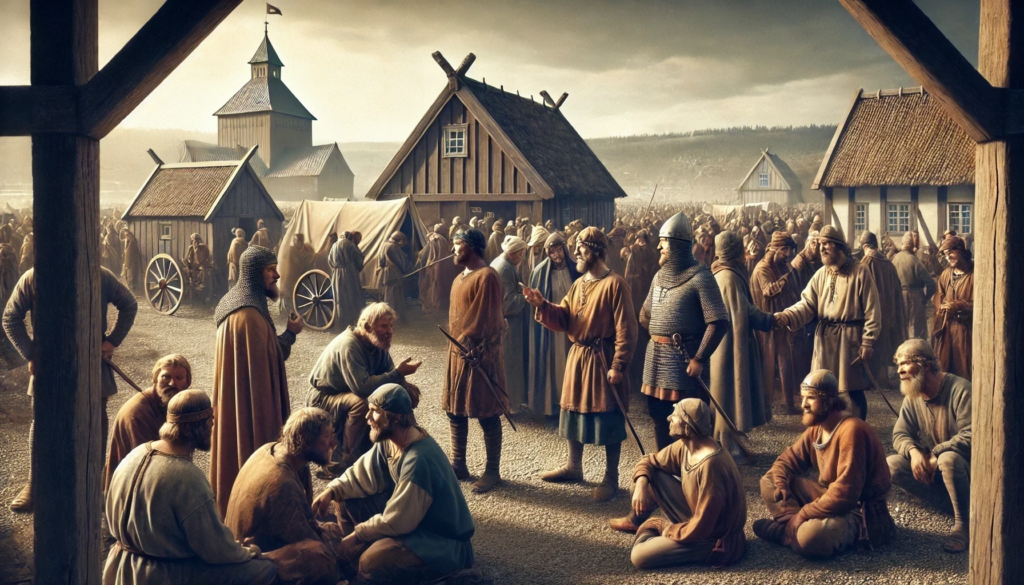In history, the plight of the common people is often overlooked.
Except when ordinary people had enough, and with weapons in hand stood up to their oppressors. We can glimpse them in the history books, as a parenthesis to the history of kings and nations.
Here, they become the main characters; ordinary people who had had enough of oppression, high taxes and conscriptions to pointless wars. Men and women who defended their homes and their villages against a merciless superior force.
Before we take a look at individual uprisings, let’s start with explaining the historical context and dynamics that led to repeated rebellions throughout the centuries.
In the early medieval period of the Nordic countries, when the monarchy was weak, especially in the northern parts, and people pretty much governed themselves. If someone wanted to become king, he had better have the support of the peasants.

There are examples of how badly things could go otherwise; one ”king” is still known in Sweden as Ragnvald Knaphövde, litterally meaning ”Thickhead” – beacuse of his decision to try to impose himself on the peasants, who simply beat him to death.
Still, that kind of violence was not common, and armed rebellion was used as a last resort.
Royal power was consolidated in the 14th century with the introduction of a national taxation system upheld by royal bailiffs. The population was about to be subdued under the royal yoke. But then something happened that would make the peasants aware of their value. The plague came.
When about half the population died, the need for labor increased. The survivors could make higher demands on their masters. If the requirements were not met, they could easily move and work for someone who provided better conditions.

Moreover, they could often ally themselves with some enemy of the noble they rebelled against. The nobles learned that they needed the peasants on their side, and the peasants learned that they could make demands.
It was this knowledge that laid the foundation for the repeated peasant revolts of the late Middle Ages. Revolts were common throughout Europe at this time, but the vast majority were brutally put down. In Sweden, on the other hand, several of the peasant uprisings were successful, which strengthened the peasants’ belief that violence pays off.
The next post will be about one of the most famous peasants’ revolt in Nordic history – the Engelbrekt uprising against the Kalmar Union.
Harrisson, Dick. Engelbrekt och bondeupproren. (2021)

